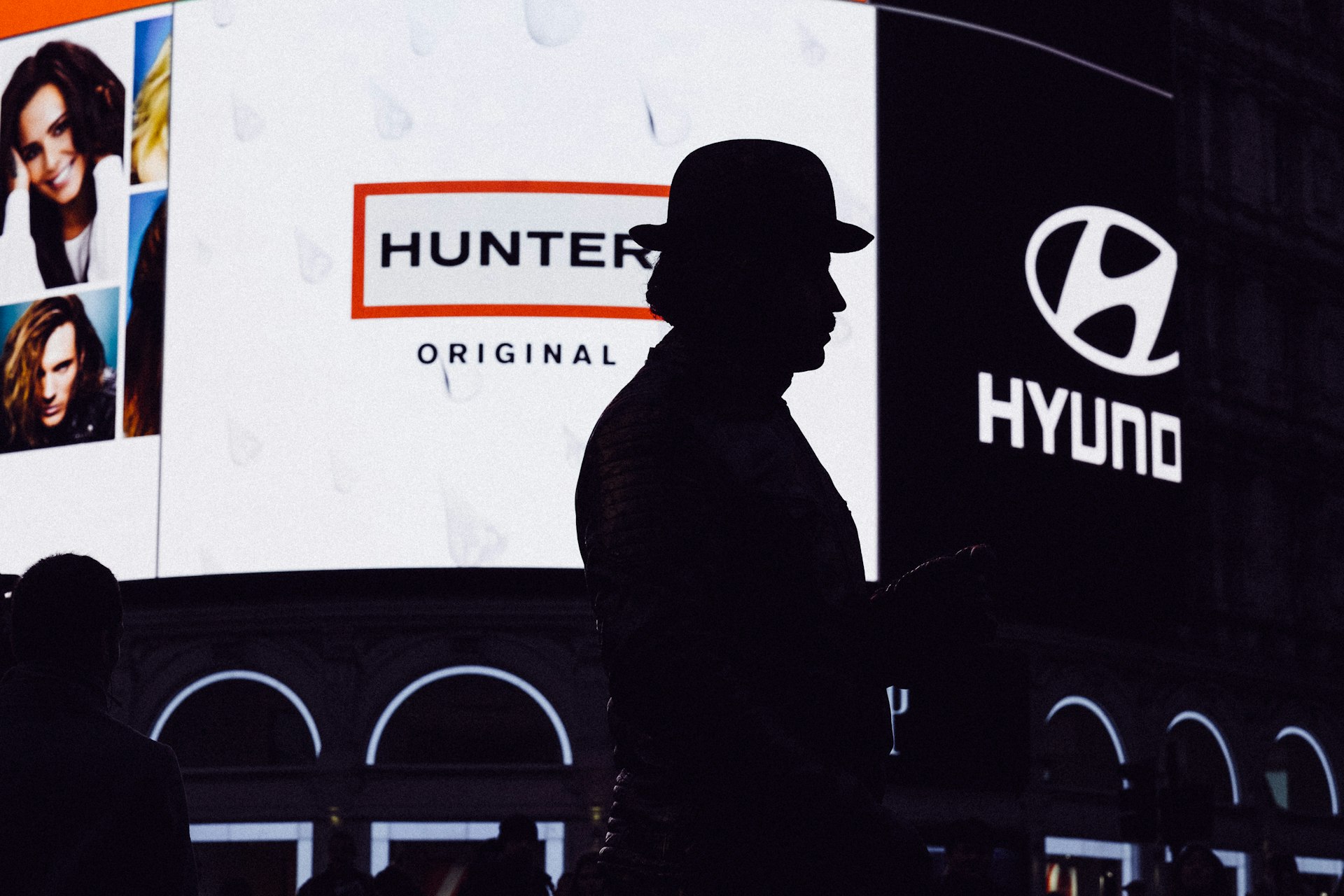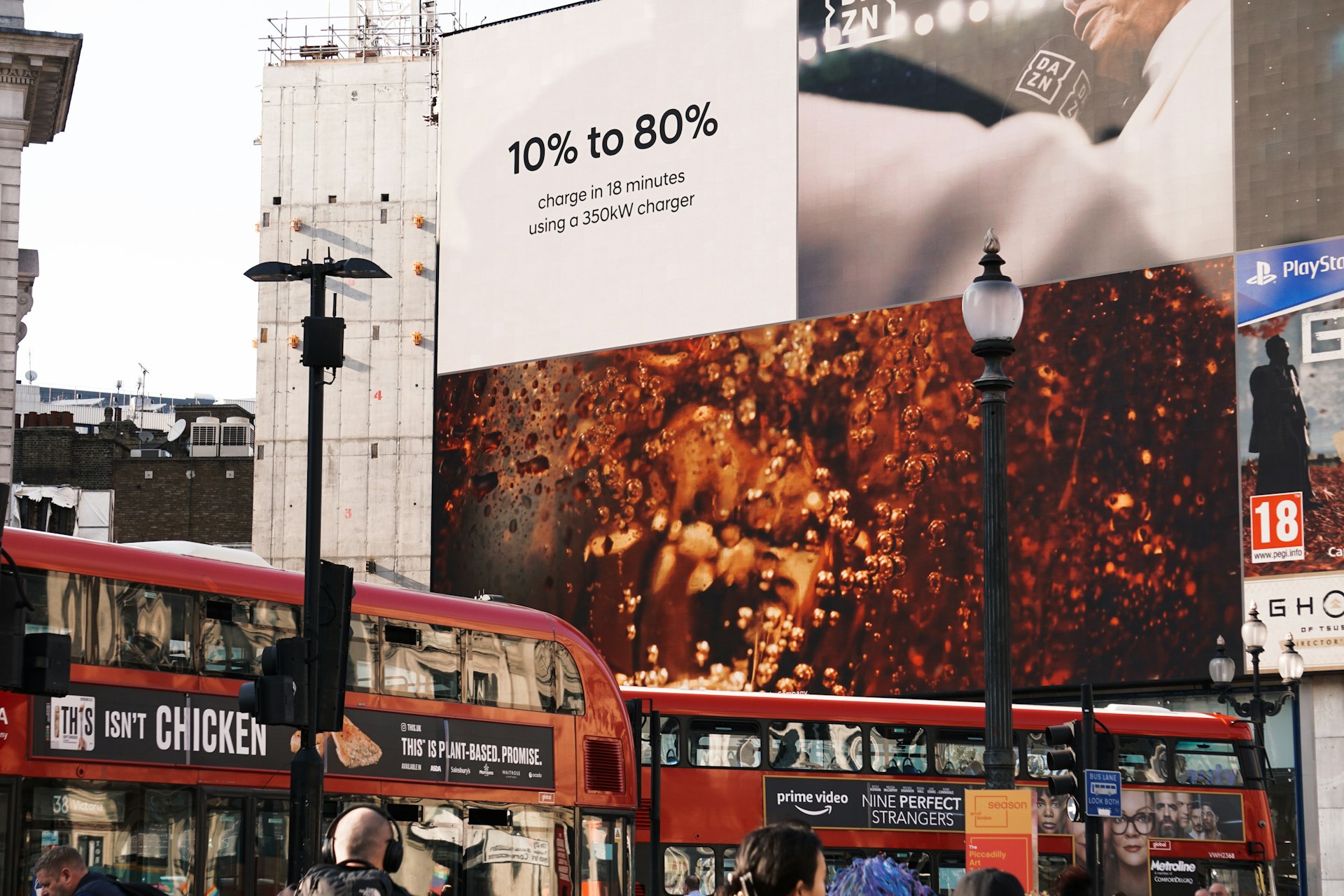Transform Your Advertising: Harness the Power of AI-Powered Copywriting

Photo by Marjan Blan on Unsplash
Introduction: The New Era of AI-Powered Copywriting
Businesses are rapidly turning to artificial intelligence (AI) to revolutionize their advertising strategies. AI-powered copywriting offers marketers and brands the ability to generate persuasive, data-driven advertisements at scale. This technology harnesses machine learning and natural language processing to craft compelling ad copy tailored to specific audiences, platforms, and campaign objectives. As a result, brands can launch high-impact campaigns faster, test variations efficiently, and maximize returns on ad spend. In this guide, we delve into the benefits, real-world examples, and practical implementation steps for using AI-powered copywriting in advertising.
Understanding AI-Powered Copywriting for Advertisements
AI-powered copywriting uses advanced algorithms to generate written content-such as headlines, taglines, and ad body text-based on prompts and data inputs. These systems analyze large datasets to learn what language, structure, and tone resonate best with different demographics and platforms. By leveraging AI tools, advertisers can:
- Produce high-quality ad copy rapidly, reducing creative bottlenecks
- Personalize messaging for different audience segments
- Continuously optimize ads based on performance data
- Test multiple copy variations efficiently
Many AI solutions also integrate with ad platforms (such as Facebook, Google, and Instagram), allowing seamless deployment and real-time A/B testing of generated copy. This automation helps marketers focus more on strategy and less on routine content creation, driving both efficiency and effectiveness.
Key Benefits of AI-Powered Copywriting in Advertising
Advertisers adopting AI-powered copywriting typically experience several measurable advantages:
1. Speed and Scale: AI can generate hundreds of ad variations in minutes, enabling faster campaign launches and ongoing optimization. Brands like Kalshi have used AI tools (including ChatGPT and Runway) to create entire ad campaigns in-house for a fraction of traditional costs, as seen during the NBA Finals [1] .
2. Enhanced Personalization: AI copywriting tools analyze user data to tailor messaging, increasing relevance and engagement. For example, campaigns can automatically adjust copy to match demographic preferences or platform-specific trends [2] .
3. Cost Efficiency: By reducing reliance on large creative teams and agencies, companies can allocate budgets more strategically. Small teams can now compete with big brands in terms of output and quality [1] .
4. Data-Driven Optimization: AI systems continuously learn from campaign performance, suggesting improvements and automatically testing new copy variations for better ROI [3] .
Real-World Examples of AI-Powered Advertising Success
Several renowned brands have successfully leveraged AI-powered copywriting to captivate audiences and drive results:
KitKat’s “Have AI Break” Campaign: KitKat used AI to create playful ad scripts and visuals, embracing the quirks of early-stage automation. The campaign resonated with younger audiences and reinforced the brand’s identity as forward-thinking and relatable [3] .
Heinz’s AI-Generated Ketchup Ads: Heinz invited AI image tools to generate ketchup bottle images, resulting in visuals unmistakably linked to the brand’s iconic look. Their message, “Even Artificial Intelligence knows ‘ketchup’ looks like Heinz,” underscored brand recognition and creativity [3] .
Pizza Hut’s “Pepperoni Hug Spot”: A viral, AI-generated parody ad was adopted by Pizza Hut, which temporarily rebranded some locations to match the campaign. This bold move generated widespread buzz and demonstrated the value of engaging with AI-driven cultural moments [1] .

Photo by Brett Jordan on Unsplash
Kalshi’s NBA Finals AI Campaign: Kalshi used a suite of AI tools to create a national TV ad for under $2,000, reaching millions of viewers during a major sporting event-a feat traditionally reserved for brands with large budgets [1] .
Step-by-Step Guide to Implementing AI-Powered Copywriting
To effectively integrate AI-powered copywriting into your advertising workflow, follow these actionable steps:
- Define Campaign Objectives: Clarify your advertising goals, target audience, and key performance indicators.
- Choose the Right AI Tool: Select an AI copywriting solution that supports your platforms (such as Facebook, Google, or LinkedIn) and aligns with your brand’s tone. Evaluate options like Jasper, Copy.ai, Typeface, and Narrato, ensuring each is a real, accessible service before use.
- Set Up Custom Prompts: Use tailored prompts to guide the AI in generating relevant copy. For high-converting ads, prompts might include calls to action, unique selling points, or specific offers. Typeface provides a list of over 40 effective prompts for various campaigns [2] .
- Review and Edit Output: Human review remains essential. Edit AI-generated copy for accuracy, brand alignment, and compliance with advertising standards.
- Test Multiple Variations: Deploy several ad versions to assess which performs best. Platforms like Facebook and Google support A/B testing and automated optimization.
- Monitor and Refine: Analyze campaign data and let the AI suggest new iterations based on real-time results.
If you are unsure which tool is best suited for your needs, you can:
- Search for “AI ad copy generator” and compare reviews from established software directories such as G2 or Capterra.
- Visit official company websites to confirm their AI services and request a demo.
- Contact vendors directly using available contact forms or customer support emails.
Overcoming Common Challenges in AI-Driven Copywriting
While AI-powered copywriting offers significant advantages, some challenges require careful management:
1. Maintaining Brand Voice: AI-generated content may sometimes lack the nuance of your brand’s established voice. Regularly update training data, provide clear instructions, and involve human editors to ensure consistency [4] .
2. Compliance and Ethics: Ensure all ad copy meets advertising standards and regulations, especially in sensitive industries. Human oversight is necessary to catch errors or potentially misleading claims.
3. Quality Control: Not all AI outputs will be perfect. Establish a review workflow and gather feedback from stakeholders before deploying ads.
4. Data Privacy: Use only compliant data sources and work with vendors who prioritize privacy and transparency in their AI models.
Alternative and Complementary Approaches
For businesses hesitant to rely solely on AI, a hybrid approach can yield excellent results. Combine AI-generated drafts with human creativity for campaigns that balance efficiency and originality. Many brands use AI for initial brainstorming and A/B testing, then refine selected messages in-house. Some marketers outsource complex campaigns to agencies that specialize in AI-driven advertising, while others invest in training internal teams on AI tool usage.
It’s also possible to hire freelance AI copywriters or agencies with expertise in AI-powered ad creation. Platforms like Upwork and LinkedIn can help you find qualified professionals with verified experience in this field. Always verify credentials and ask for case studies before engagement.
How to Access AI-Powered Copywriting Services
To get started with AI-powered copywriting for advertisements, you can:
- Research and select a reputable AI copywriting tool from established providers. Visit their official websites, review product features, and sign up for a trial or demo.
- Contact digital marketing agencies that offer AI-driven ad creation. Search using terms like “AI advertising agency” or “AI ad copywriting services.” Always verify agency legitimacy by checking their portfolio and client reviews.
- If you need specialized guidance, consult with digital marketing consultants or trainers who focus on AI in advertising. LinkedIn and industry associations are good starting points.
- For platform-specific ads (Facebook, Instagram, Google), utilize their campaign creation tools, many of which now offer AI-powered suggestions and automation. Access these features by logging into your ad manager account for each respective platform.
If you are unsure how to access a particular tool or service, consider reaching out to your industry network for recommendations, or search for recent reviews and case studies to ensure you choose a solution that is both reputable and effective.
Key Takeaways
AI-powered copywriting is transforming the way brands create, test, and optimize advertisements. By adopting this technology, businesses can achieve faster campaign launches, greater personalization, and higher return on investment. Whether you manage ads in-house or through an agency, integrating AI-driven copywriting tools is now an essential strategy for staying competitive in today’s digital landscape.
References
MORE FROM eboxgo.com













